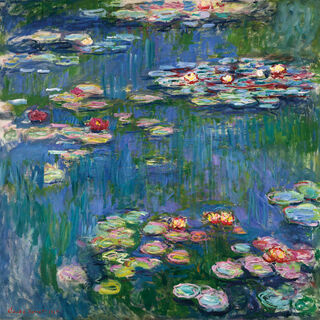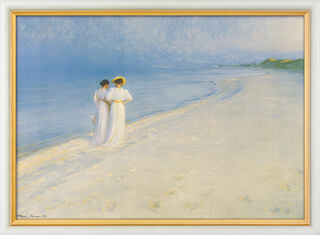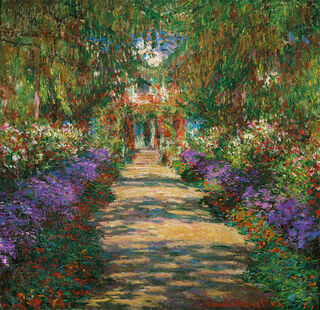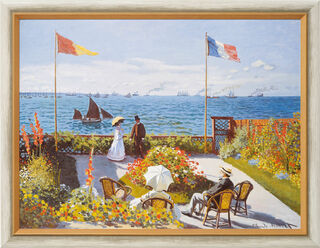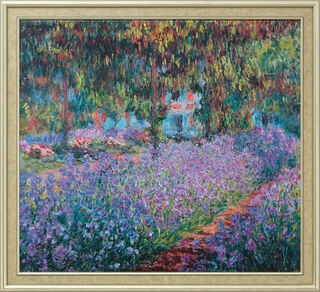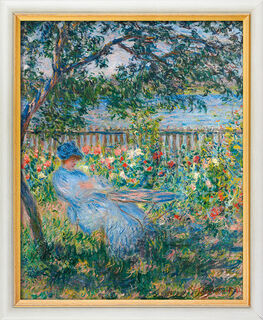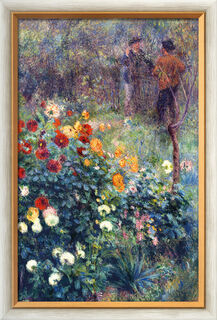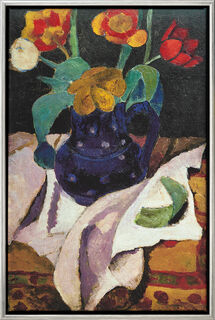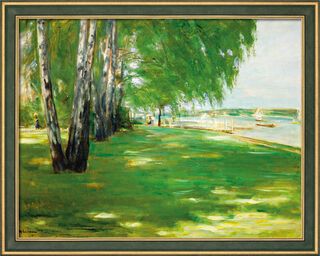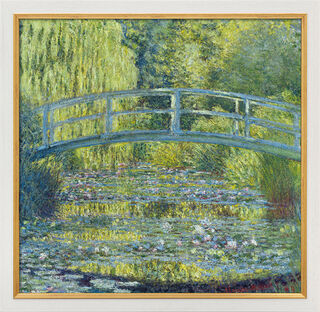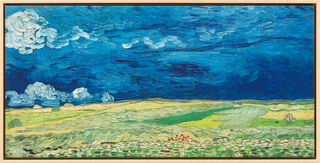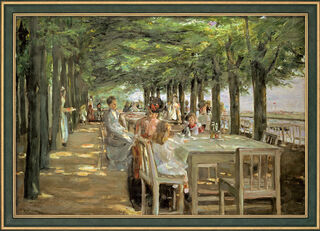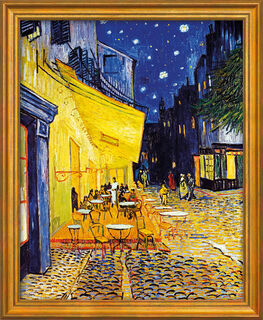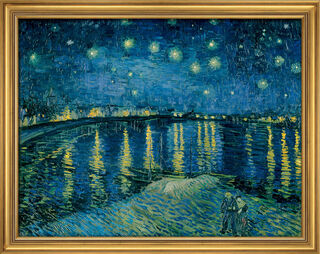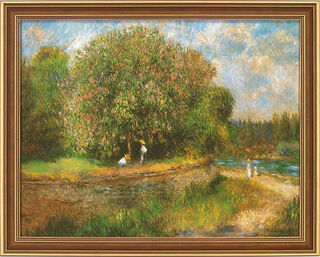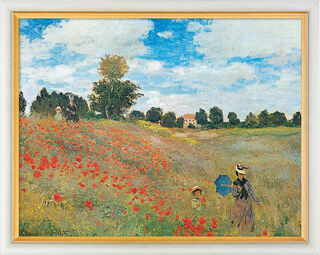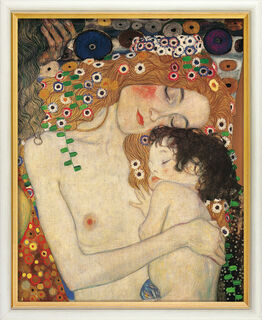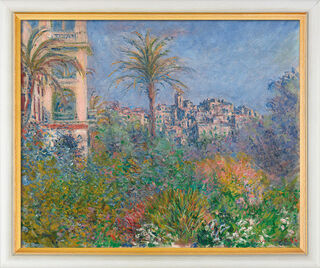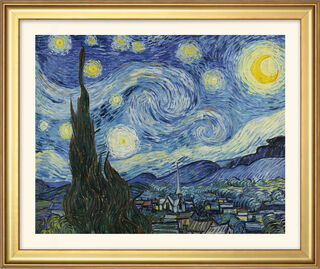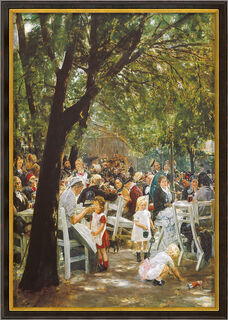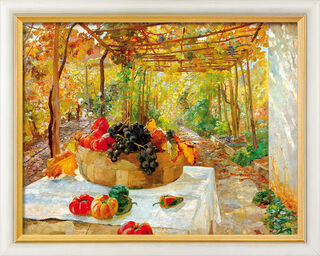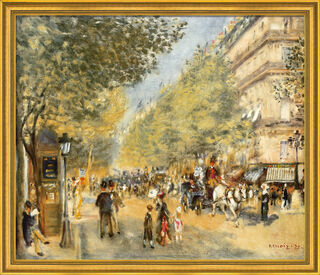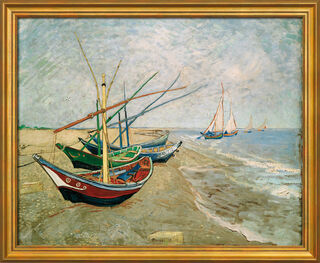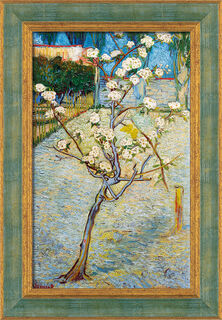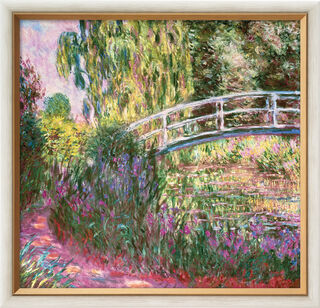Impressionism
The Dawn of a New Era of Painting
In the mid-19th century, Impressionism brought about fundamental and lasting changes to painting. The artists of Impressionism sought to capture the atmosphere of a fleeting moment from their subjective perspective. Claude Monet summed up the new concept of Impressionist art in the following words: "I'm not interested in the object, but what happens between me and the object." According to Monet, the artist's task was to depict what exists between the object and the artist, namely the beauty of the atmosphere. In this way, the artists of Impressionism questioned several established principles of the time. They no longer placed any emphasis on the objects in the picture and their realistic representation. They also moved away from a pictorial structure composed according to strict formal rules and banished any narrative or documentary character from the paintings.
Characteristics of Impressionism: Light, Landscapes and Bright Colours
By focusing on the atmosphere of the moment, Impressionism placed great importance on the depiction of lighting conditions. Accordingly, the painters chose their motifs and picture details in such a way that the light and the predominantly bright, luminous colours could unfold on large surfaces. The preferred motifs of Impressionism, therefore, included expansive views of landscapes such as fields, gardens, forests, or the sea. People usually played a subordinate role, often serving as staffage or appearing in larger social scenes. Regardless of the motif, in the Impressionists' view, it was not necessary to depict people and nature realistically in order to reflect the mood of a moment. Since pictorial objects ultimately served only as reflective surfaces for light, detailed representations were eschewed in impressionistic painting, and painters softened the contours of objects. They often worked with short brushstrokes, creating a "flickering" effect on the canvas that became characteristic of Impressionist pictures. "Plein air" painting was also widespread among Impressionist artists. To be able to put their individual impressions on canvas as directly and unadulteratedly as possible, they went out into nature with their easel and their paints and worked in the open air.
Misunderstood by Contemporaries, Today Highly Popular
With their unconventional approach to painting, Impressionism initially faced a great deal of incomprehension from both critics and the public during the time. A journalist for Le Figaro is said to have described one of their exhibitions as a "disaster caused by a few crazy people". And the art critic Louis Leroy wrote about Claude Monet's iconic masterpiece "Impression, soleil levant" in 1874: "A Wallpaper in its embryonic state is more finished than that seascape." Nowadays, this epoch is perceived entirely differently. It is undisputed that this phase provided essential impulses for many subsequent styles. Exhibitions of works by French artists such as Claude Monet, Camille Pissarro, Auguste Renoir, Edgar Degas or Édouard Manet, but also by German representatives such as Max Liebermann, Lovis Corinth or Max Slevogt, enjoy great popularity today – not least because many works of Impressionist art are currently on the of the most expensive paintings. At ars mundi, you can buy various Impressionist pictures.

